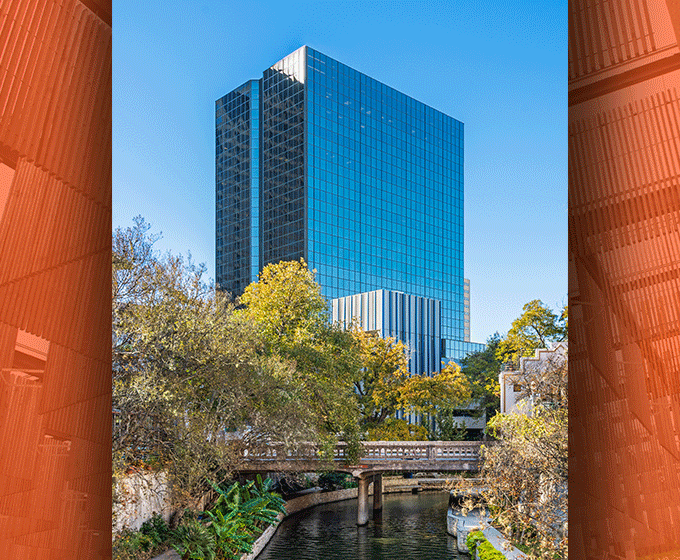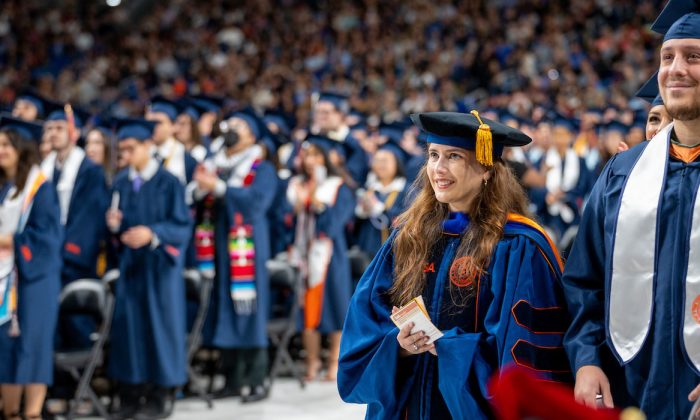Following an extensive national search, UTSA selected architect Michelangelo Sabatino , PhD, as the director of the School of Architecture + Planning in the Bill and Margie Klesse School of Engineering and Integrated Design.
Sabatino takes over the department after 11 years at the Illinois Institute of Technology in Chicago, where he was professor of architecture, director of the doctoral program and the inaugural John Vinci Distinguished Research Fellowship. In June, he was named an Honorary Fellow of the Royal Architectural Institute of Canada in June.
This fall, the school will move from the UTSA Downtown campus to its new space at One Riverwalk Place which is located near UTSA Southwest. The new director said the location is one of the reasons he wanted the UTSA job.
“We aim to bring together people who share core values that the built environment can have for society.” — Michelangelo Sabatino
“I think this is a beautiful moment in the history of the School of Architecture + Planning and UTSA in terms of consolidating a presence downtown,” Sabatino said. “I’m already thinking of ways to establish relationships with the San Antonio Public Library and the Tobin Performing Arts Center as that’s part of the urban experience. The social and networking opportunities for students will be stimulating.”
Eric Brey, dean of Klesse College, said this is an incredible time for the school and Klesse College.
“With Michelangelo’s distinguished record of scholarship, leadership experience, and national recognition he is clearly the right person to embrace this moment,” Brey said. “Michelangelo brings a positive energy and creativity along with a bold vision. I am excited to witness what he brings to both our college and the city.”

Sabatino trained in architecture and preservation at the Università Iuav di Venezia, Italy, before earning his PhD in art and architectural history at the University of Toronto in Canada. Following his postdoctoral fellowship at Harvard University, Sabatino taught at Yale University and the University of Houston before moving to Chicago.
Sabatino is the author of several award-winning books about the built environment of the Americas and Europe. His research has been supported by numerous national and international foundations and centers.
Sabatino’s first name could seem like the fulfillment of his parents’ aspirations. Far from it, he said. “The first-born male child gets the name of the grandfather, and, in this case, it’s Michael the Archangel,” he said. “It’s likely better to be associated with an archangel than a mere painter or sculptor but I’m happy to be associated with both.”
San Antonio appears to be a city “on the rise,” he said. Sabatino is eager to make the school more than an academic enclave, positioning it as an active participant in that revitalization.
“Given the power of architecture and planning to shape lives positively, our faculty and students should be ambassadors of San Antonio, really push excellence in research and design,” he said. “A specific style or type of architecture does not necessarily drive it. It’s more about how buildings can enhance the everyday life of San Antonians, not pushing one agenda over another. We aim to bring together people who share core values that the built environment can have for society.”
Also joining the school’s faculty this fall will be Serge Ambrose , an engineer and architect who co-authored with Sabatino, Modern, Again: The Benda House & Garden in Chicagoland, and also co-founded Modern Again Architecture & Preservation Studio.



